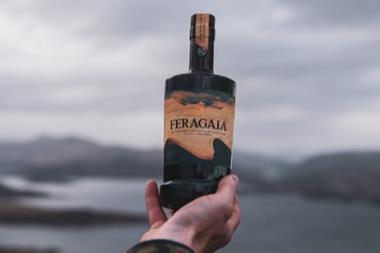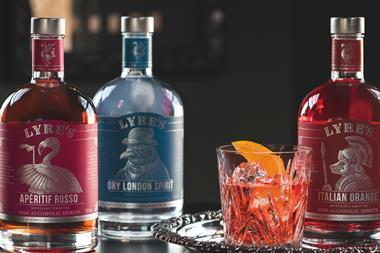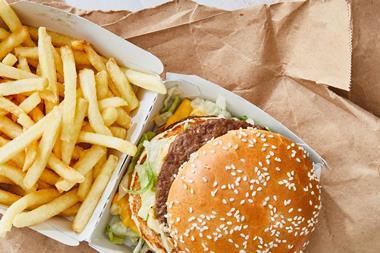
Dry January is behind us for another year. While in the past the temptation could have been to push low & no alcohol brands to the back of the shelf until Sober October, these are the very products driving the drinks category to become worth the £68bn it is today.
From the 6.5 million who took part in Dry January and the fact that over 15% of people now choose to have alcohol-free days, we know shoppers are interested in reducing their alcohol intake and therefore potentially open to trying alcohol-free versions of their favourite drinks. However, just like any growing market, taste is king. If a product does not satisfy or exceed taste expectations, consumers will not buy it again – no matter how many health benefits it claims to have.
Look at the vegan category. Ultimately, with the best intentions in the world, if it wasn’t full of great-tasting products and alternatives, people would find it much harder to remain committed to this way of living. The same goes for low & no. If retailers don’t have the drinks on shelf that consumers recognise as tasting great, they aren’t going to capture the market.
Delivering on taste is something every brand says and believes they do, which makes it tricky for retailers to navigate the swathes of NPD. However, from a customer perspective, the more familiar the products on shelf, the better. Choosing a classic G&T with 0% alcohol or a 0% Cosmopolitan is a far less risky choice than opting for products that claim to be made from, for instance, herbs or botanicals, where the expected taste experience is uncertain. If retailers really want to make the most of the growth of the low & no category, this is the key thing they should look for from brands. Familiarity and great taste is a recipe for repeat custom.
Should you have a specific low & no area in store, or do you stock these drinks in the alcohol aisle? Each store will have its preference, but again, familiarity is key to consider. This presents a challenge to retailers, similar to the one presented by the growth of the healthy snacking industry, which has boomed over the past couple of decades. To further de-risk the buying experience for shoppers looking to reduce their alcohol intake, the alcohol aisle presents a familiar space and tempts those who are still set on drinking alcohol.
Wherever retailers choose to merchandise low & no brands, it is evident that the category is piquing consumer interest year-round. While Dry January and Sober October currently seem to be the focus periods for retailers, the truth is that shoppers cutting down on alcohol don’t just disappear come 1 February.
As the category grows and people become more accustomed to moderation, these annual events will eventually lose their importance. They are stepping stones to longer-term behavioural change, in the same way that ‘Meat Free Monday’ gained traction with those looking to reduce meat consumption.
With the low & no alcohol drinks category in continued growth, there is a real opportunity to replicate the boom that the vegan market has seen – but it needs to be done right to attract and retain consumers.



















No comments yet